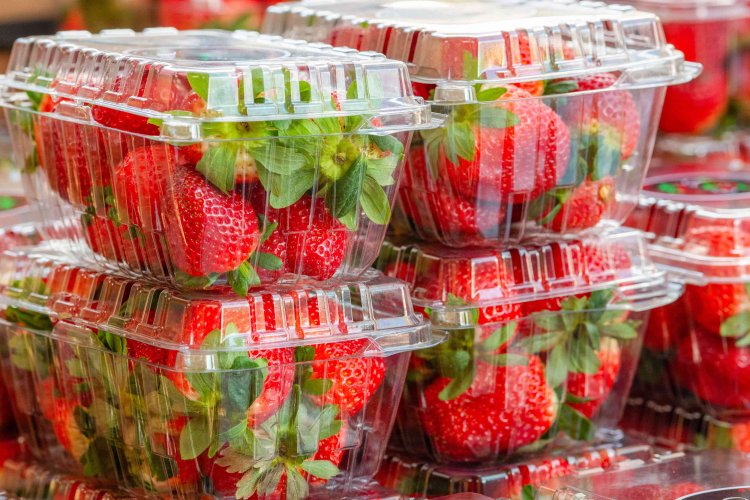How To Wash Strawberries To Remove Dirt and Pesticides, According to an Expert
Use these quick tips to rid your strawberries of residue.

Use these quick tips to rid your strawberries of residue. Simply Recipes / Adobe Stock:max_bytes(150000):strip_icc():format(jpeg)/Simply-Recipes-Wash-Strawberries-Dirt-LEAD-01-12460c89ea1247b38db51499bd2f39c8.jpg)
Strawberries are always at the top of the annual “Dirty Dozen,” the Environmental Working Group’s list of produce most likely to contain pesticides. Even knowing that, I admit I’m not meticulous about washing berries before I eat them. It’s usually a quick rinse under running water.
That’s a pretty effective way to remove dirt and some pesticides, says Changmou Xu, assistant professor of food processing at the University of Illinois Urbana-Champaign and member of the Institute of Food Technologists’ fruit and vegetable products division. “But it may not eliminate all residues,” Xu says. His method for removing dirt and pesticides from strawberries is surprisingly easy.
Why You Need To Wash Your Strawberries
There are several reasons that strawberries are on the Dirty Dozen list. They have thin skin and grow low to the ground, making them more likely to absorb pesticides. They also attract pests and are susceptible to fungal infections.
“Strawberries have multiple harvests each season that require repeated pesticide applications throughout their growth cycle to protect against pests, which increases the residue potential on the fruit,” says Xu.
Read More: Organic vs. Conventional Strawberries: Experts Explain the Difference Simply Recipes / Adobe Stock
The Best Way To Wash Strawberries
“The very best way to wash strawberries includes soaking the fruits in clean water for a few minutes, and if you want, adding a little white vinegar or baking soda solution, then rinsing them with fresh water to remove any vinegar or baking soda taste,” says Xu.
For a vinegar rinse, mix about 1/2 cup distilled white vinegar in one cup of water. Soak the strawberries for a few minutes, then rinse them thoroughly under clear, running water before eating. “Vinegar is safe, food-grade, easy to use, and has natural antibacterial properties,” Xu says.
You can also soak your strawberries in baking soda to clean them. Xu recommends dissolving a few teaspoons in a large bowl of water. “Baking soda solution typically has a pH of around eight to nine, which makes it slightly alkaline,” Xu explains. “This mild alkalinity can help neutralize acidic pesticide residues on strawberries.” Whichever method you use, make sure to rinse the berries thoroughly after soaking to remove any residue and avoid odd tastes.
Other Options for Washing Strawberries
You might be tempted to buy some produce spray, but the U.S. Food and Drug Administration (FDA) isn’t a fan of commercial produce washes. The organization points out that porous produce can absorb these products, and their safety and effectiveness has not been tested.
The FDA recommends rinsing all produce under running water before using it. “Placing strawberries in a colander and gently rinsing them under running water can work well if you move the berries around by hand to expose all surfaces,” says Xu. “Running each berry under water individually offers a slight advantage for thoroughness but may not be necessary with a colander method.”
Wait To Wash Your Strawberries
Although strawberries might have dirt, pesticides, and other gunk on them, don’t wash them as soon as you come home from the store. “Strawberries are highly perishable and susceptible to mold, especially when wet,” says Xu. So wait to wash them until right before you eat them because
Make sure you dry your strawberries afterward, says Xu. “A gentle pat helps them maintain their natural texture and flavor and stay fresh longer, especially if not eaten immediately after washing,” he explains.
With this knowledge in hand, I’m looking forward to my next pint of the berries. I know that, after washing and drying them correctly, I will be eating safe, clean fruit!
What's Your Reaction?
















